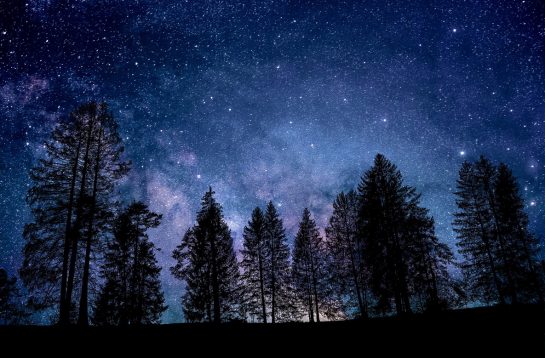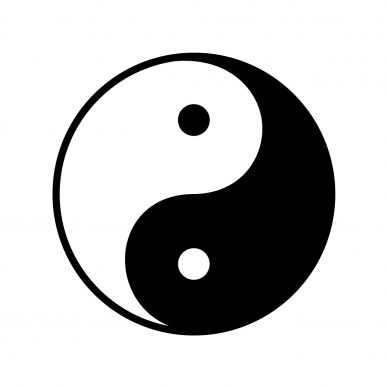As a teenager, I would enjoy my own “silent, holy night” after my parents and sisters had gone to bed in December. After turning off every other light in the house and plugging in the Christmas tree lights, I’d sit on the couch facing the tree and bask in the glow of tiny white bulbs illuminating each branch and unique ornament. Snow covering the ground outside seemed to seal in the blissful stillness that encompassed me.
It is this concept of the starry night, celebrated in Nativity images during the darkest time of the year, that has been calling to me. Central to the nativity is the star in the east pointing the faithful to the baby Jesus. As the light of the world, the Savior was the star of stars. He is the light shining in the darkness that could not be hidden, that bids us follow. As His disciples, we are the children of a light Jesus admonished us not to hide, but to shine brightly as our Sunbeams so readily do.
From Hindus greeting others with “Namaste” acknowledging the divine light they see in each other to my former mission companion calling me “Stellina,” ( “Little Star” in Italian) we may rightly see one another as stars. As the Savior lights every soul who enters the world. so we may shine through the darkness for others.
 While teaching botany, I shared with fifth graders some of Charles Kovacs’ thoughts about the state of plants during the winter: “Imagine all these millions and millions of seeds held inside the earth during the cold season when there is snow, ice, and cold winds, but they are safely kept inside. And now imagine for a moment that each seed is a tiny light, and if you could imagine that we could see through the earth, it would look as though there were millions of stars. During the winter, the earth would look like the starry sky.”[1]
While teaching botany, I shared with fifth graders some of Charles Kovacs’ thoughts about the state of plants during the winter: “Imagine all these millions and millions of seeds held inside the earth during the cold season when there is snow, ice, and cold winds, but they are safely kept inside. And now imagine for a moment that each seed is a tiny light, and if you could imagine that we could see through the earth, it would look as though there were millions of stars. During the winter, the earth would look like the starry sky.”[1]
And now imagine that you can see far enough into these seeds, to see each tiny acorn bright with the light of the oak tree and even entire forests that lie dormant within. [2]
One night in a dream, I shouted, “Show me myself!” A black star-filled universe then encompassed me.
On waking, my first response was of comfort, a feeling of safety on finding myself within the fold of God’s greater whole. Reflecting later on my dream, it took courage to see myself not only as a tiny part of the universe but as host to a universe within myself.
I once resented the fact that the yin of the yin and yang symbol was associated with women; the masculine yang appeared to represent all light and good. Now I see that my strength originates in the dark womb of the yin through Jesus Himself. He arose as a root out of the dry ground to become the vast Son-light of the yang, the King of Kings, the fount of His creative love rising from the yin.

Yin Yang Symbol
Within yin’s darkness lies space for ever-expanding creation. While both men and women certainly hold creative potential, women fill a uniquely powerful role as we nurture and love the seeds of our unborn children and creative works long before bearing them.
Each life requires yin and yang, stillness and drive, hearing and speaking. Over time I have seen that my strength grows in winter stillness, just as the silent lights of the Christmas tree grace dark days.
Despite all that calls us to rush, may we heed the season’s urge to quiet, sending strength down deep where seeds of life may germinate to bear fruit in the coming year.
[1] Kovacs, Charles. Botany (page 15)
[2] Dyer, Wayne. Being in Balance
Consider also how seeds of light may become trees of light in this companion essay: Trees of Light
